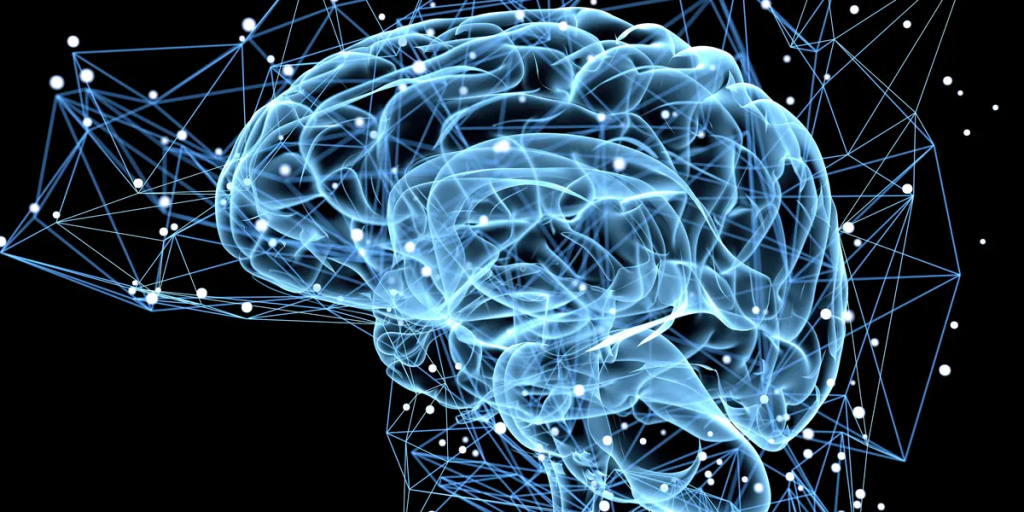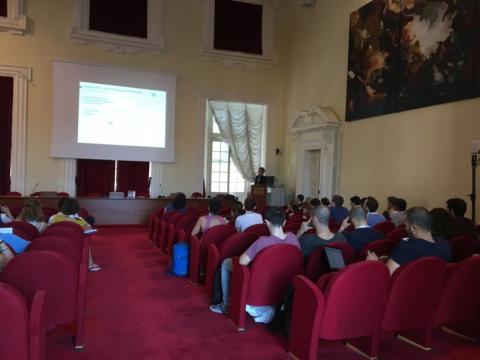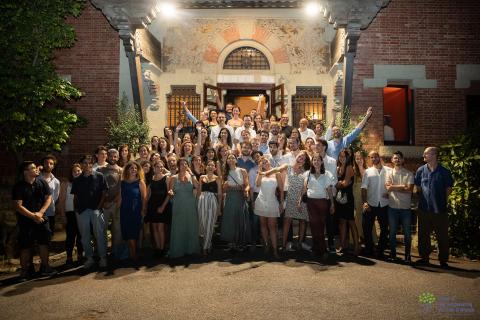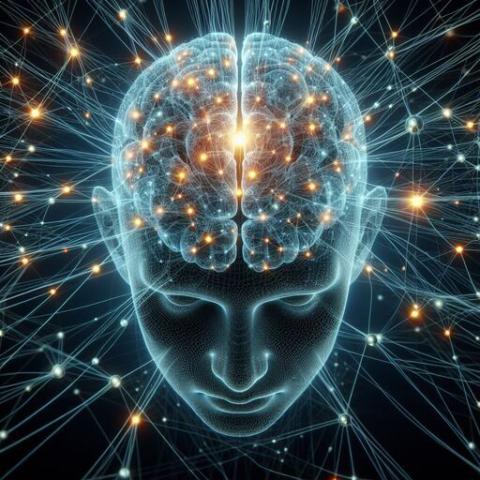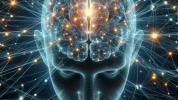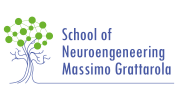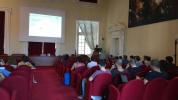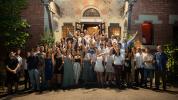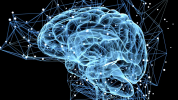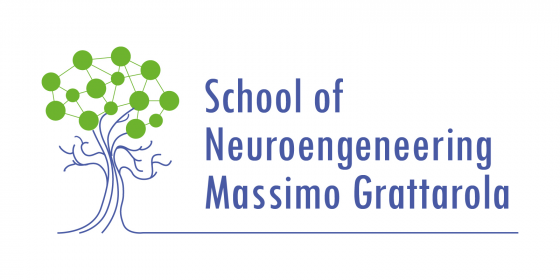 |
About The School:
We invite you to join us from June 10th to 14th 2024 in the beautiful city of Genova for a transformative experience at the 9th International Summer School on Neuroengineering, whose theme this year will be 'Neuroengineering for health and disease: a multi-scale approach'.
The School is named after the visionary Prof. Massimo Grattarola, who was a pioneer in the fields of neuroengineering and bioelectronics (https://en.wikipedia.org/wiki/Massimo_Grattarola) and prematurely passed away in 2002 at the age of 52. This biennial summer school serves as a hub for experts, students, and young researchers
This Year's Focus:
The 2024 edition is dedicated to 'Neuroengineering for health and disease: a multi-scale approach' Three macro-subjects—Neuroscience, Technology, and Computation—will be at the forefront, promising a comprehensive exploration of the field's vast potential.
What Awaits You:
Engaging Lectures: Delivered by leading experts shaping the future of neuroengineering.
Interactive Workshops: Hands-on experiences to deepen your understanding.
Networking Opportunities: Connect with professionals and enthusiasts passionate about neuroengineering.
Poster session: Present your work in front of scientists in the field.
Sponsors
 |  |  |
